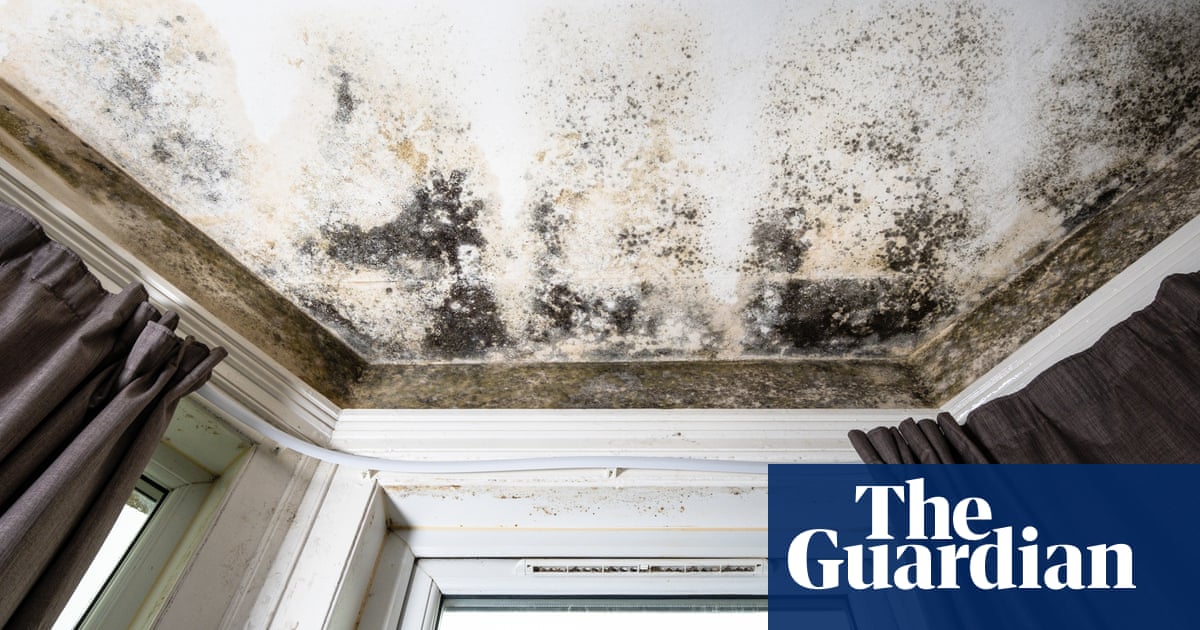
Archaeologists don’t often bounce with excitement, but the Museum of London archeology team could hardly contain themselves on Tuesday as they unveiled an “exhilarating” discovery made on the last day of an otherwise barren dig in the spring.
“This is the most significant early medieval female burial ever discovered in Britain,” said the leader of the dig, Levente Bence Balázs, almost skipping with elation. “It is an archaeologist’s dream to find something like this.”
“I was looking through a suspected rubbish pit when I saw teeth,” Balázs added, his voice catching with emotion at the memory. “Then two gold items appeared out of the earth and glinted at me. These artefacts haven’t seen the light of day for 1,300 years, and to be the first person to see them is indescribable. But even then, we didn’t know quite how special this find was going to be.”
What Balázs had found was a woman buried between 630 and 670 AD – a woman buried in a bed alongside an extraordinary, 30-piece necklace of intricately-wrought gold, garnets and semi-precious stones. It is, by a country mile, the richest necklace of its type ever uncovered in Britain and reveals craftsmanship unparalleled in the early medieval period.
Also buried with the woman was a large, elaborately decorated cross, buried face down, another unique and mysterious feature of the grave’s secrets, and featuring highly unusual depictions of a human face in delicate silver with blue glass eyes. Two pots were buried alongside her, also unique in that they still contain a mysterious residue yet to be analysed.
“This is a find of international importance. This discovery has nudged the course of history, and the impact will get stronger as we investigate this find more deeply,” said Balázs. “These mysterious discoveries pose so many more questions than they answer. There’s so much still to discover about what we’ve found and what it means.”
So much about the dig in April was inauspicious. The small, isolated Northamptonshire village of Harpole, whose name means “filthy pool”, was previously only known for its annual scarecrow festival and its proximity to arguably one of the worst motorway service stations in the UK.
There were no ancient churches near the dig or other burial sites. But thanks to the practice of developer-funded archeology, the Vistry Group housebuilders commissioned a search of the area they were building on.
“I’ve worked for Vistry for 19 years and so I’ve had a lot of interaction with archaeologists,” said Daniel Oliver, Vistry’s regional technical director. “I’m used to Simon [Mortimer, archaeology consultant for the RPS group] ringing me up in great excitement about pot shards.” Beside him, Mortimer visibly stiffens in protest, and Oliver quickly adds: “Pot shards are very exciting, of course.”
“On the day the team discovered the Harpole treasure, I had five missed calls from Simon on my phone,” said Oliver. “I knew then that this was about more than pot shards. Exciting as pot shards are.”
The woman – and it is a woman, even though only the crowns of her teeth remain – was almost certainly an early Christian leader of significant personal wealth, both an abbess and a princess, perhaps. Lyn Blackmore, Museum of London archeology team specialist, said: “Women have been found buried alongside swords, but men have never been found buried alongside necklaces.” Experts agree she must have been one of the first women in Britain ever to reach a high position in the church.
Devout as she clearly was, her grave is evidence of a shifting era when pagan and Christian beliefs were still in flux. “This is a fascinating burial of combined iconography: the burial bling has a distinctly pagan flavour, but the grave is also heavily vested in Christian iconography,” said Mortimer.
Vestry has waived its rights to the treasure, which now belongs to the state. The team hope it will be displayed locally, once their conservation work is complete – a painstaking endeavour that will take another two years at least.
Oliver is cagey about where the actual dig site is. It hasn’t been built over but, equally, it hasn’t been marked. “We don’t want people coming with metal detectors,” he said. “That would be a bit much.”












